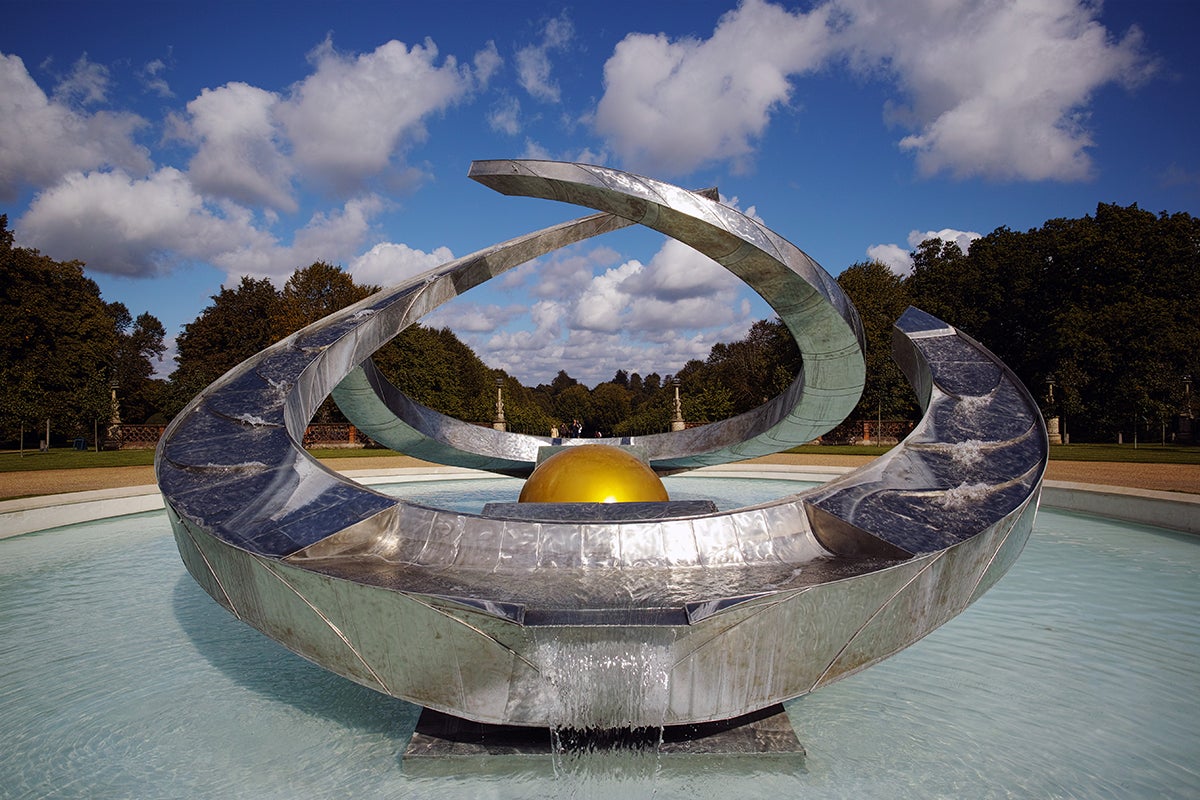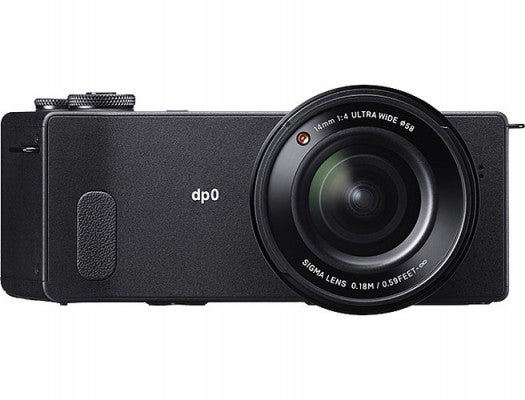Andy Westlake tries out an unusual compact camera with a fixed ultra-wideangle lens in his Sigma dp0 Quattro review.
Sigma dp0 Quattro review
The first thing that strikes you about the dp0 is its shape. With its low, flat profile, huge lens barrel and rearward-angled handgrip, it can only really be described as odd. The 14mm f/4 lens itself is the widest angle ever seen on any fixed-lens compact, giving a 21mm-equivalent view. Finally, the sensor is still a three-layer Foveon design, but now with an effective resolution of 19.6 million pixels, although things are a bit more complicated than that.
Foveon Quattro sensor
For those unfamiliar with the Foveon sensor, it works entirely differently to conventional sensors. Where these gain their colour vision using red, green and blue-coloured dye filters over the light-collecting pixels, Foveon sensors use three stacked layers of silicon. The top layer effectively captures blue light, the middle layer green light and the lower layer red light. However, to complicate things further, the lower two layers have one quarter of the resolution of the top one, at 4.9 million pixels.
This gives Foveon images a unique look, with impressive detail resolution and unusually fine pixel-to-pixel colour gradation. Yet the design has its problems too, with excessive image noise at sensitivities of just ISO 800 and above. The raw images can also only be processed using Sigma’s Photo Pro software, which, while capable of excellent results, is lamentably slow and clunky.

The dp0 Quattro gives exceptional image quality at low ISO settings
Features
Externally, the dp0’s most prominent feature is its lens. It is physically huge, protruding almost 9cm from the camera body, and has a 58mm filter thread along with a bayonet mount for the supplied petal-shaped hood. With a 21mm equivalent wideangle view, it’s in no way a general-purpose optic, being best suited to subjects such as landscapes and architecture. This makes the dp0 a very specific tool, rather than an everyday snapshot camera.
There’s a top-plate hotshoe for auxiliary lighting, but no built-in flash. Images are recorded to an SD card that lives behind a rubber cover on the camera’s left side, which also conceals a USB socket that can accept a cable release. However, there’s no HDMI port, as the Quattro doesn’t record video.





